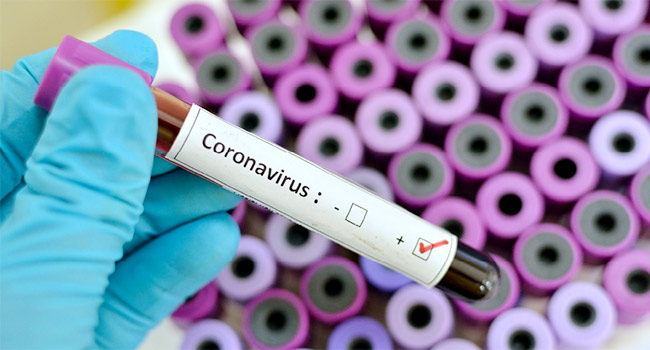Silent COVID-19 Cases May Stymie Screening Efforts
[ad_1]
Feb. 20, 2020 — As countries work to slow the spread of the virus that causes COVID-19, the screening of international travelers has become a cornerstone of those efforts.
Because there are a limited number of lab tests, travelers generally aren’t being swabbed unless they have symptoms or if they’ve answered yes to certain questions. They include whether the travelers recently had close contact with someone who has tested positive for the virus, which is now officially called SARS-CoV-2.
A new study by German researchers shows why that approach probably isn’t catching everyone who’s infected.
The researchers tested 126 people who were returning to Germany after recent travel from China. On the flight, 10 people were isolated because they were at high risk of being infected — some had symptoms, and others had contact with people who were infected.
As soon as the plane touched down, these 10 passengers were taken to a hospital and tested for the virus. None were positive.
Doctors examined the rest of the passengers at a medical assessment center at the airport. One passenger had a fever, a hard time breathing, and a cough. He was also tested, and was negative for the virus.
In a last step, researchers offered testing to the remaining 115 people who were on board the plane and who had passed their screening checks.
In a surprise twist, two of these seemingly healthy passengers tested positive for the virus. Two different labs confirmed their test results.
The passengers who tested positive were whisked to a hospital, where an exam showed that one had a very slight sore throat and a faint rash. Both remained well and never ran a fever in the week after they were admitted to the hospital.
More worrisome, when the virus that was isolated from the two passengers was placed in a test tube with healthy cells, it was able to infect them. That means it’s possible they could have passed the disease on to others, even when they had few to no symptoms themselves.
“We do not yet know if they could have infected other people, but that is conceivable,” says Sandra Ciesek, MD, head of the Institute of Medical Virology at the University Hospital Frankfurt. She says there’s no evidence that they did.
But she says the findings are important as nations race to contain the outbreak.
“Our findings demonstrate that screening for signs and symptoms of infection, including the temperature, might not be sufficient, making catching of infected travelers very challenging indeed,” Ciesek says.
She points to another recent report of a woman from Shanghai, China, who infected several German co-workers as she led corporate workshops in Munich. The woman told researchers that her symptoms were so slight — fatigue that she blamed on jet lag and some achiness in her chest — that she didn’t know she was getting sick until she returned to home to China.
Both reports were published in TheNew England Journal of Medicine.
Isaac Bogoch, MD, an epidemiologist who studies infectious diseases at the Toronto General Hospital Research Institute in Canada, said the report raised important questions.
He says when you scale up the findings to a larger population, it could mean there are a lot of people who are infected under the radar of public health officials. They aren’t seeing doctors because they don’t feel sick, and they may be passing the virus without knowing it because they’re not staying home from work or school.
Bogoch points out that in other viral respiratory diseases, people with symptoms are more significant spreaders because their coughing and sneezing generate more infectious droplets. But that doesn’t mean that people with silent infections aren’t playing a role.
“Clearly, we have to remain humble that we don’t have all the answers yet,” he says.
Others agree.
“I don’t think anybody that works around respiratory diseases is really surprised by this,” says David Brett-Major, MD, a professor and epidemiologist at the College of Public Health at the University of Nebraska Medical Center.
Brett-Major says people with the flu can infect others two days before their first symptoms appear, for example.
“Screening is really important,” for COVID-19, “but it’s not perfect,” he says.
So why go to all the trouble and all the expense? Officials at the CDC have said that the goal of screening isn’t to stop the new coronavirus from getting into the U.S., but to slow it down.
Brett-Major says research shows that slowing the arrival of a new disease buys hospitals and public health systems critical time.
“If this is going to progress into a more pervasive respiratory virus, having delayed it allows more reinforcement of usual measures. It allows more diagnostic testing to be available. It allows both community and health system awareness to be present. It can, I think, impact patient and community outcomes,” he says.
Until more is known, he says, wash your hands.
[ad_2]
Source link




